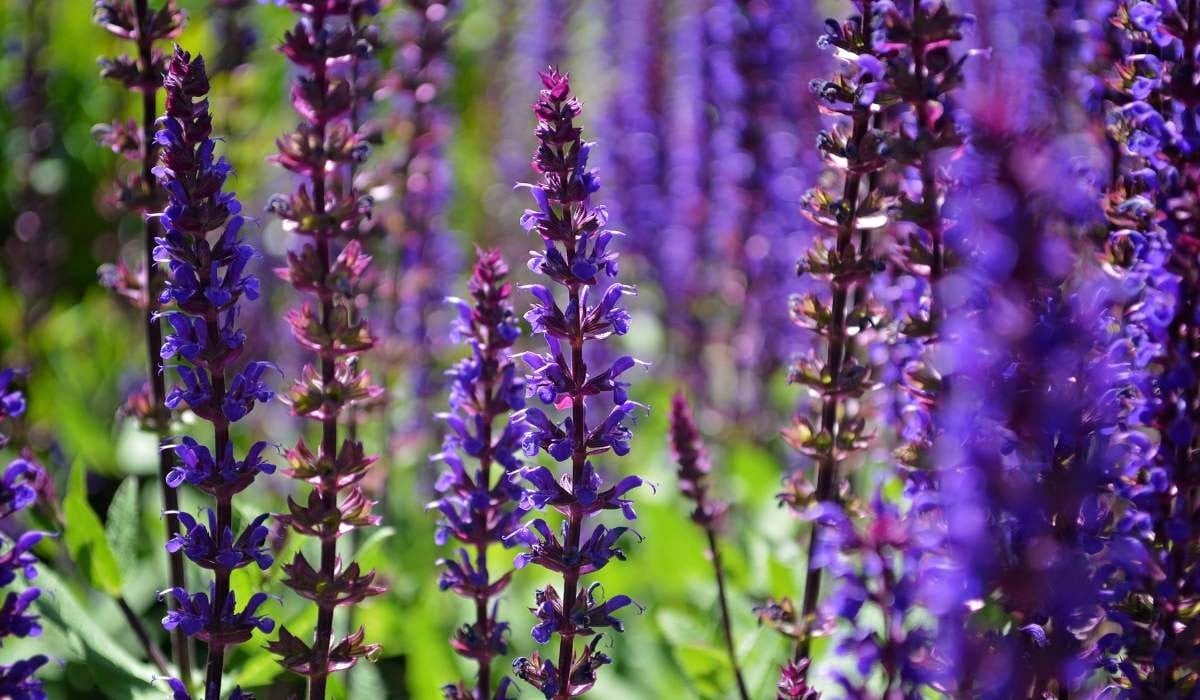Know Everything About Lavatera
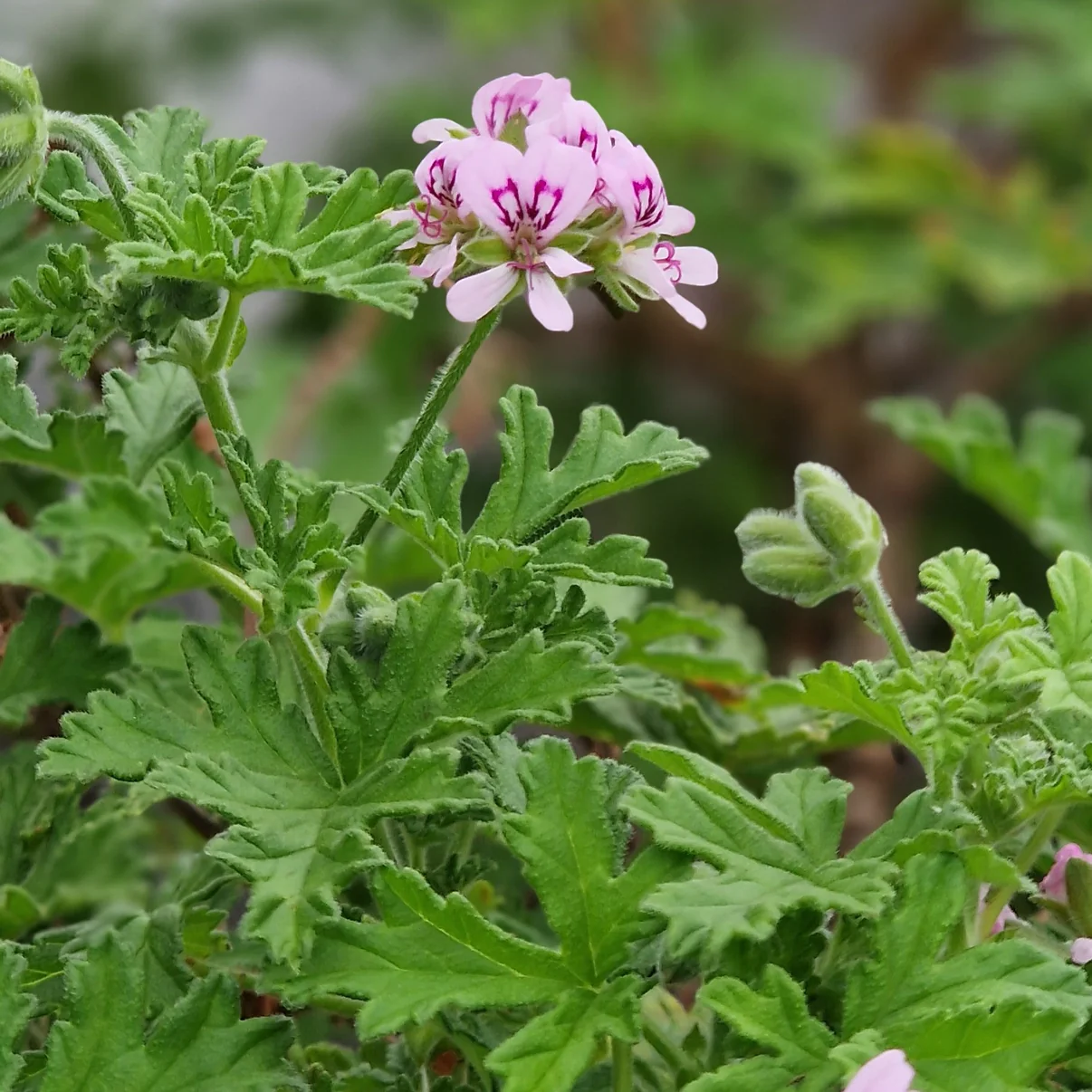
Table of Contents
Lavatera is a genus of the popular mallow plant parentage comprising 25 recognized plant types, including annuals and perennials. Lavatera is a species that has large, showy, and funnel-shaped flowers similar to hibiscus with around five separate petals.
The size varies distinctly, and you will explore some species to grow in compact measurements of 2-3 feet in height while others cultivate to a towering height of 10 ft tall and 6 ft width in dimensions. Hence, the best planting season for these plants is spring.
When growing these species, you may face several Lavatera problems. However, these plants are a cousin herbage of the Hollyhock family and are relatively effortless to grow.
Moreover, if you live somewhere that is not prone to having excessively humid and hot summers, then it becomes easier to go to these plants.
In this article, you will explore what you need to know about Lavatera, including what this genus is and lavatera probelms.
What is the Meaning of Lavatera?
The name Lavatera came from the Swiss theologian and physiognomist Johann Kaspar Lavater. He was known for his studies in physiognomy, the art of interpreting one certain individual personality on the basis of the face. Hence, the genus was named after this honorable person as, Lavatera.
The plant is commonly known or referred to as the “tree mallow” due to its growing habit as it resembles the feature of a tree or shrub sometimes. Moreover, this plant is more appreciated for its aesthetic appearance and ornamental landscape beauty.
Lavatera belongs to the Malvaceae family, which is a diverse herbage family that includes many well-known and trendy members like okra and hibiscus. Hence, within the parentage, the species finds its place in the genus Malva. The flowering plant has captured the fascination of many enthusiastic botanists and gardeners. Therefore, because of their intriguing history, Lavatera is much more than just some flowering plants famous for their faces in the horticulture world.
Therefore, there are 25 different varieties, and each of them consists of a unique charm. Hence, there are many popular varieties, such as Lavatera Assurgentiflora, Lavatera trimesters, and Lavatera arborea. In this article, you will discover different eminent kinds of lavatera flowering plants and lavatera problems that you may face while growing them. Malvas, recently known as Lavatera, is quite a popular cottage plant that works wonders in various gardens to enhance its beauty.
Types of Lavatera
1. Arborea
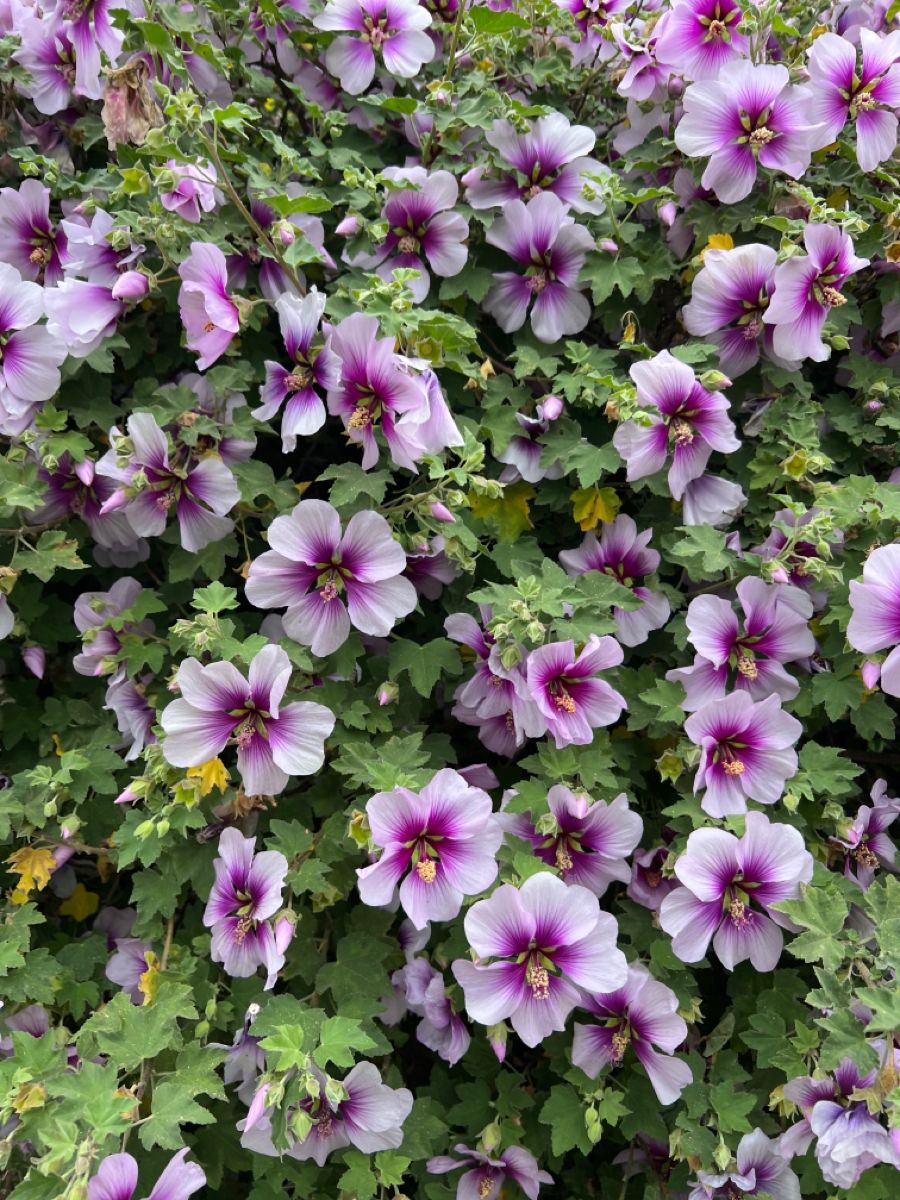
This lavatera is a short-lived perennial or biennial tree with the habits of bushy plants. Hence, it will grow around 2 meters in height and 1.2 meters in width. The plant has semi-green foliage along with pinkish to deep-pink flowers, while darker vein shades appear at the flower’s throat. Moreover, the blossoms that rise are around 4cm across in summer. However, these plants are not native and are mostly found naturalized in the coastal region of the UK.
2. Bredon Springs
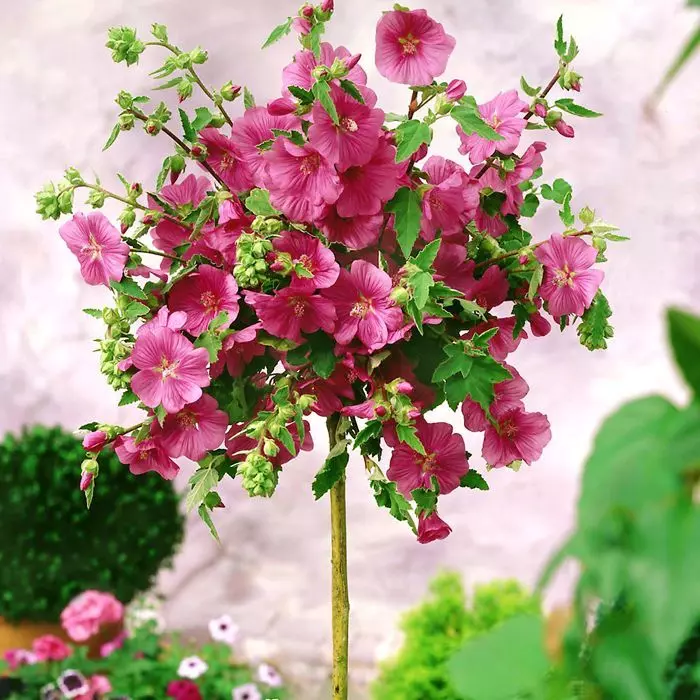
Brendon Springs is tree mallow of a vigorous type of semi-evergreen, and it grows up to 2 m tall. The plant has some grayish-green leaves, and it also has funnel-shaped flowers that hold a lovely pink you and grow up to 5 to 7 cm across. Moreover, the flower blooms throughout the months of summer, and the variety has been awarded with the Garden Merit RHS award because of its extraordinary beauty.
3. Burgundy Wine
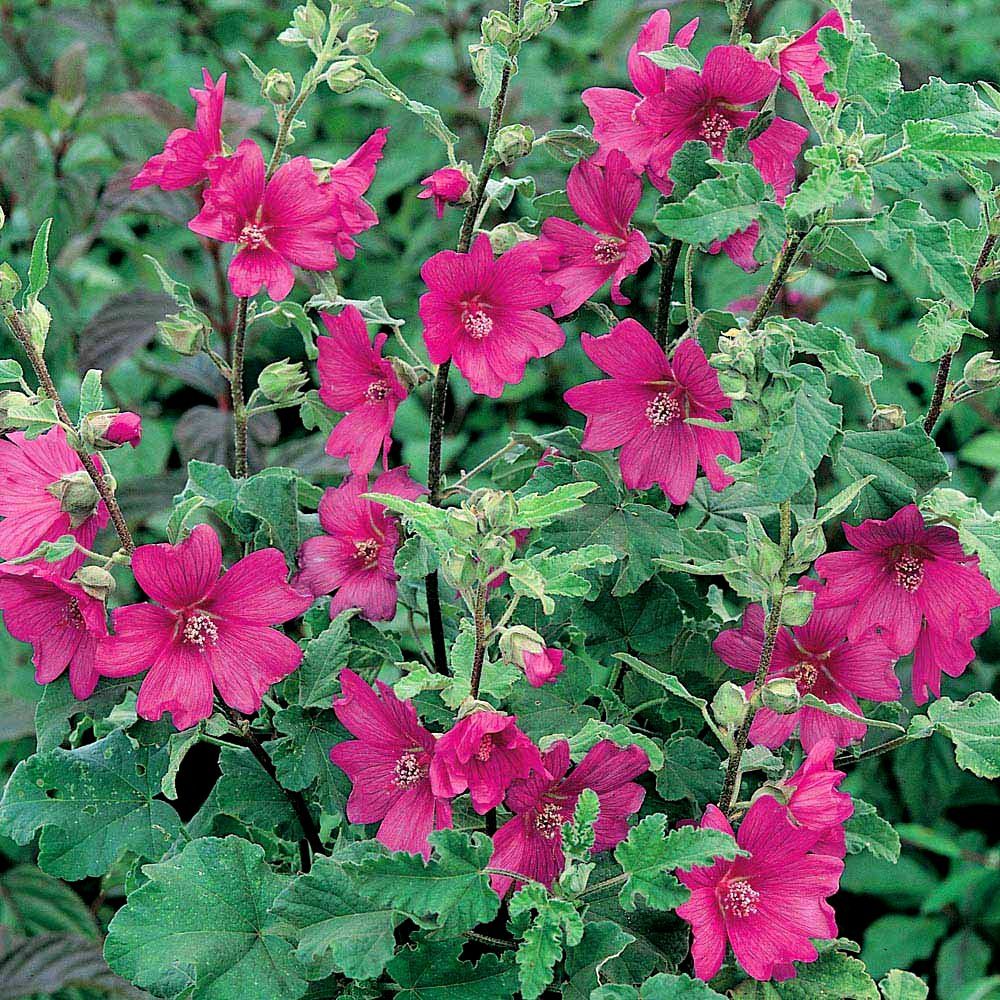
This Lavatera Malva is another award-winning variety in the plant family. The plant has been awarded with garden merit from the RHS. This variety grows around 2 m with dark pink flowers in the month of summer. Moreover, you can also see grayish-green leaves borne over the stem of the flower, and in addition to it, you will also notice the pink flowers streaked with darker veins.
4. Lavender Lady
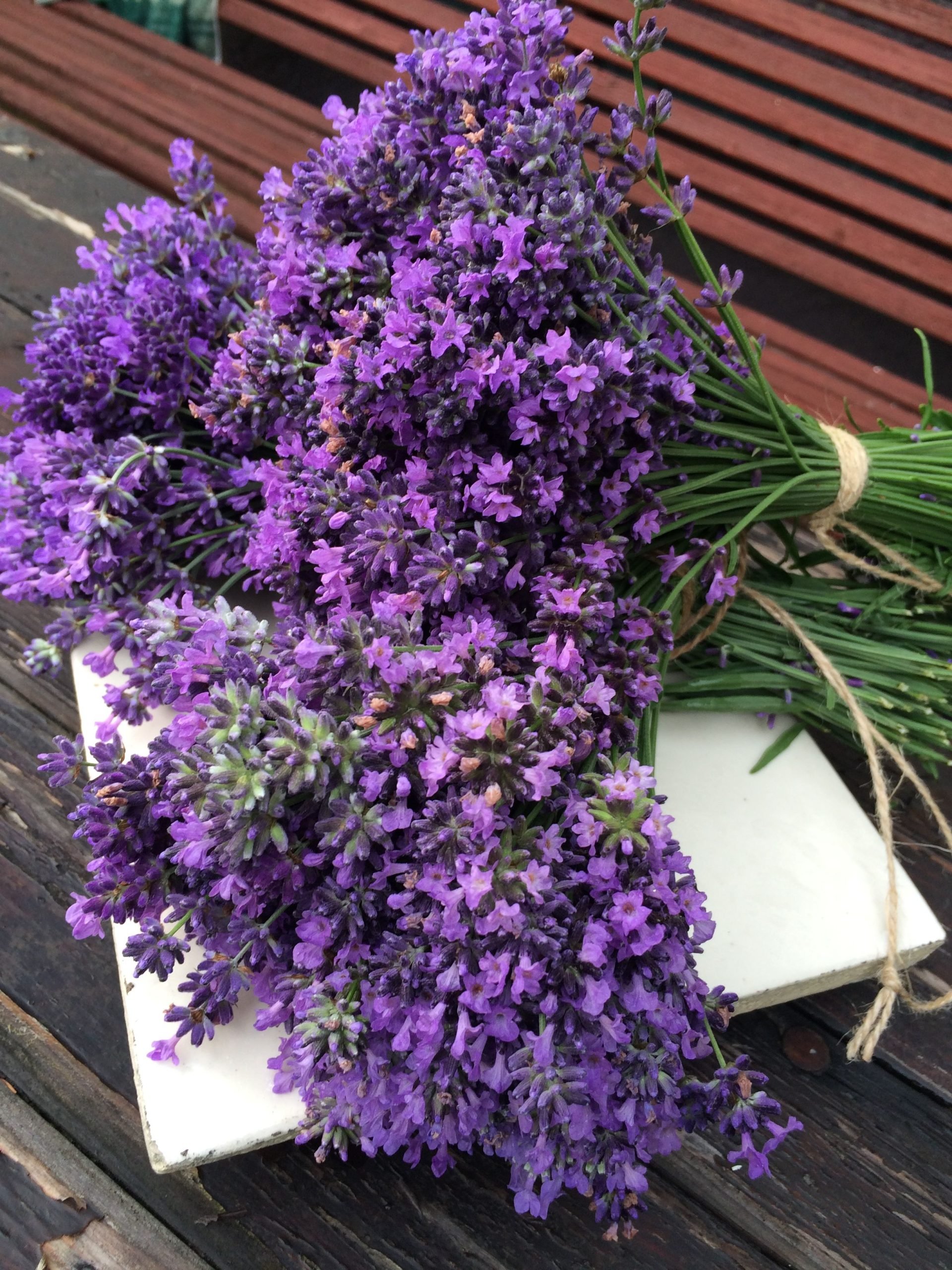
Lavender lady is rather a tall and striking tree mallow that grows up to 1.8 m tall and looks exquisitely beautiful. Therefore, the flowers are pale pink, cascading to the lavender color, as the name suggests. Moreover, they are streaked with deep purplish hues as veins, and you can mostly see them throughout the summer.
5. L.Maritima
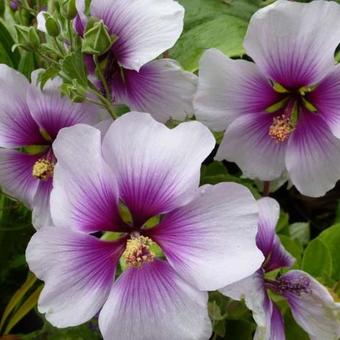
L. maritima is another kind of tree mallow to consider, while it grows up to 1 meter in width and 1.5m in height. The flowers in the plant hold a shade of beautiful lilac or pink that grows up to 7 cm across, while the flowers have purple veins and deep purple towards the center. However, this plant is slightly on the less hardly option with the ratings of H3 hardiness. Hence, this plant is particularly suited for the regions with coastal areas without hard frost and salty sea breezes.
6. Rosea
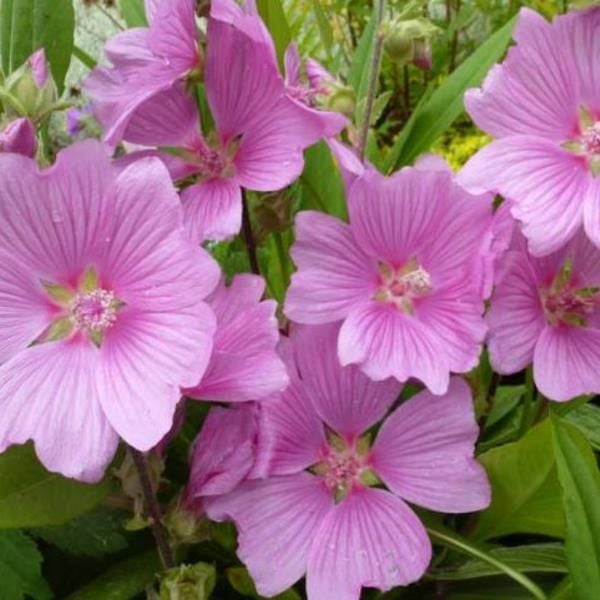
Another enchanting piece of the lavatera plant is Rosea, which has a short life with beautiful pink flowers that bloom in summer. Hence, it is a fairly vigorous option to choose, as this plant can grow between 1.5 to 2.5 m in height and width within the time frame of 2 to 5 years. Moreover, this plant is a H 5 Hardy and is awarded with garden merit from the RHS. If you want to grow this plant, then you should check out Lavatera problems that you may face while yielding them.
Conclusion
In the fascinating world of horticulture and botany, the genus Lavatera stands as a symbol for its cultural significance beauty, and adaptability. The blooms of this plant are vibrant in color with a rich history and ecological importance, which makes it additionally fascinating in any landscape for the garden.
Hence, whether you are a budding enthusiast or a seasonal gardener, growing Lavatera must bring deeper delight, connection, and aesthetic appeal to your natural world.
However, cultivating this plant may bring many Lavatera problems like caring and growing issues to your garden.



